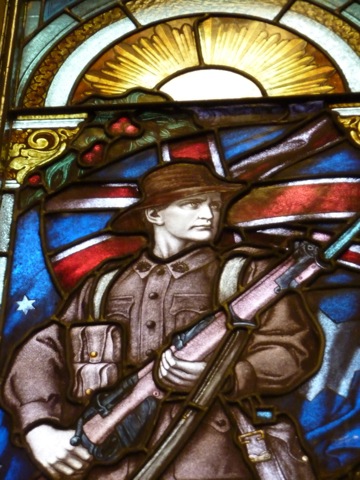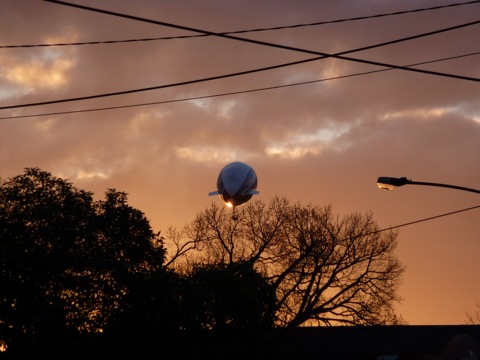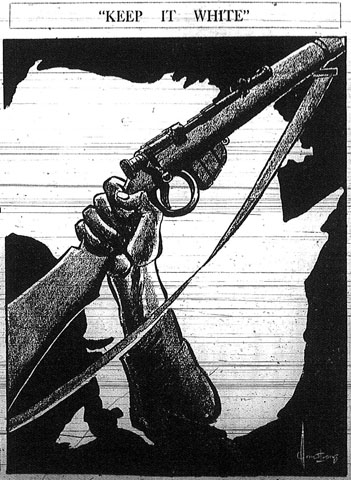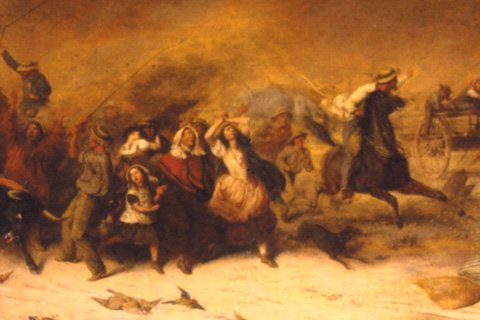The great air race
It’s the 75th anniversary of the MacRobertson Trophy Air Race. More specifically, it’s the 75th anniversary of the day the race was won, 23 October 1934. The winners were C. W. A. Scott and Tom Campbell Black of Britain, who took just two days and twenty-three hours to cover the 18200 km from London to […]






